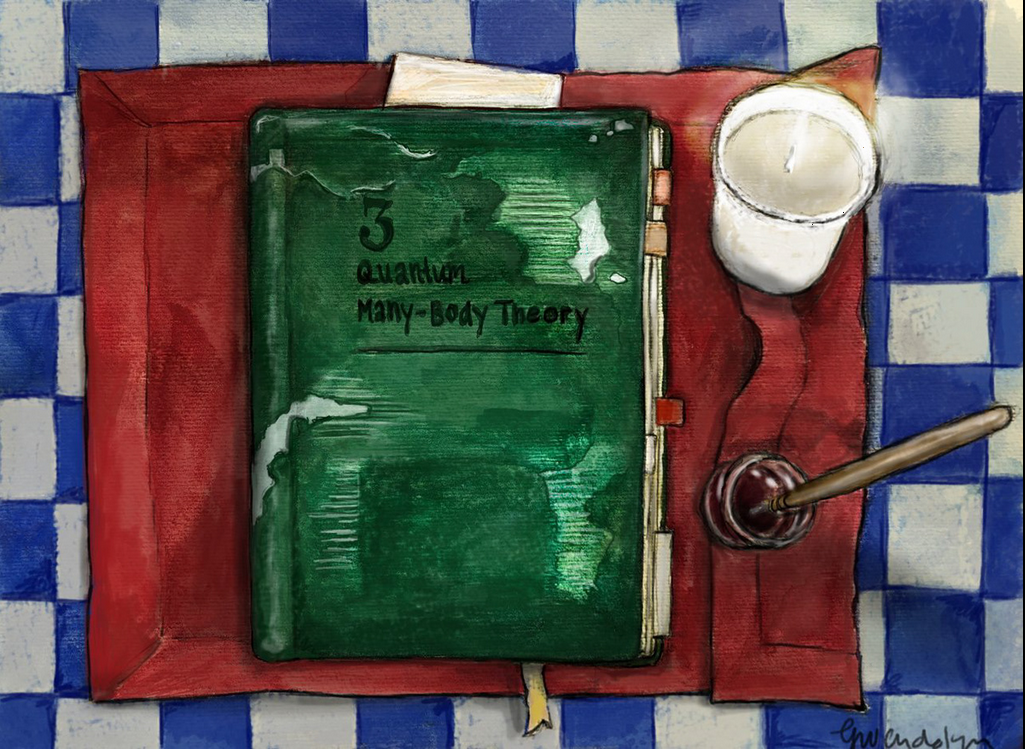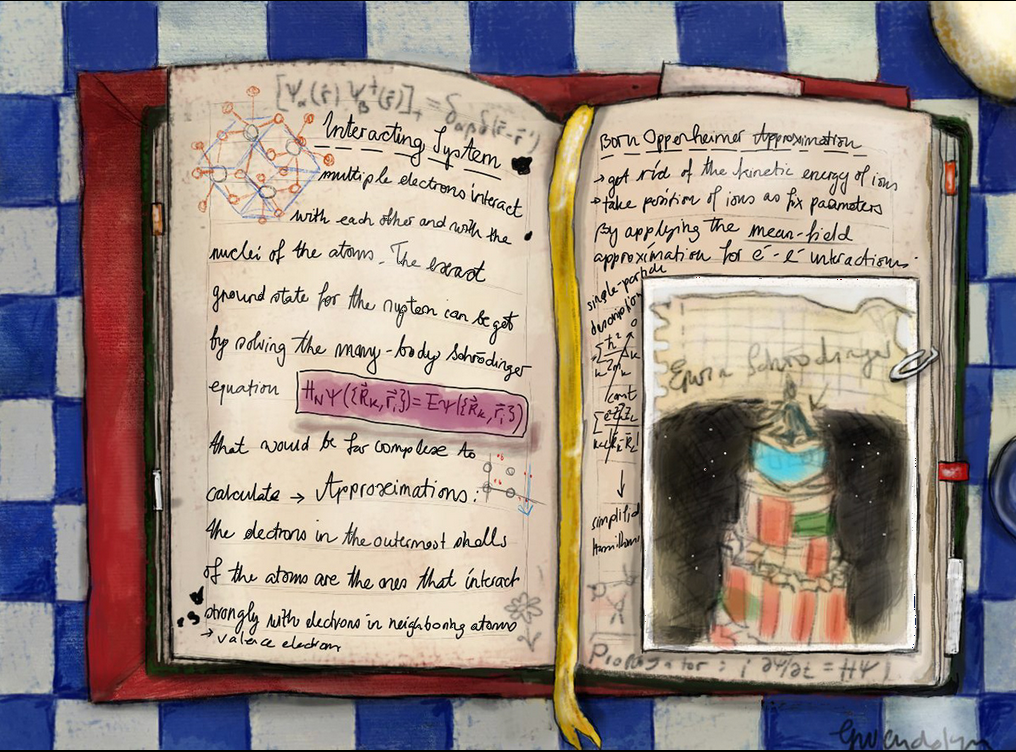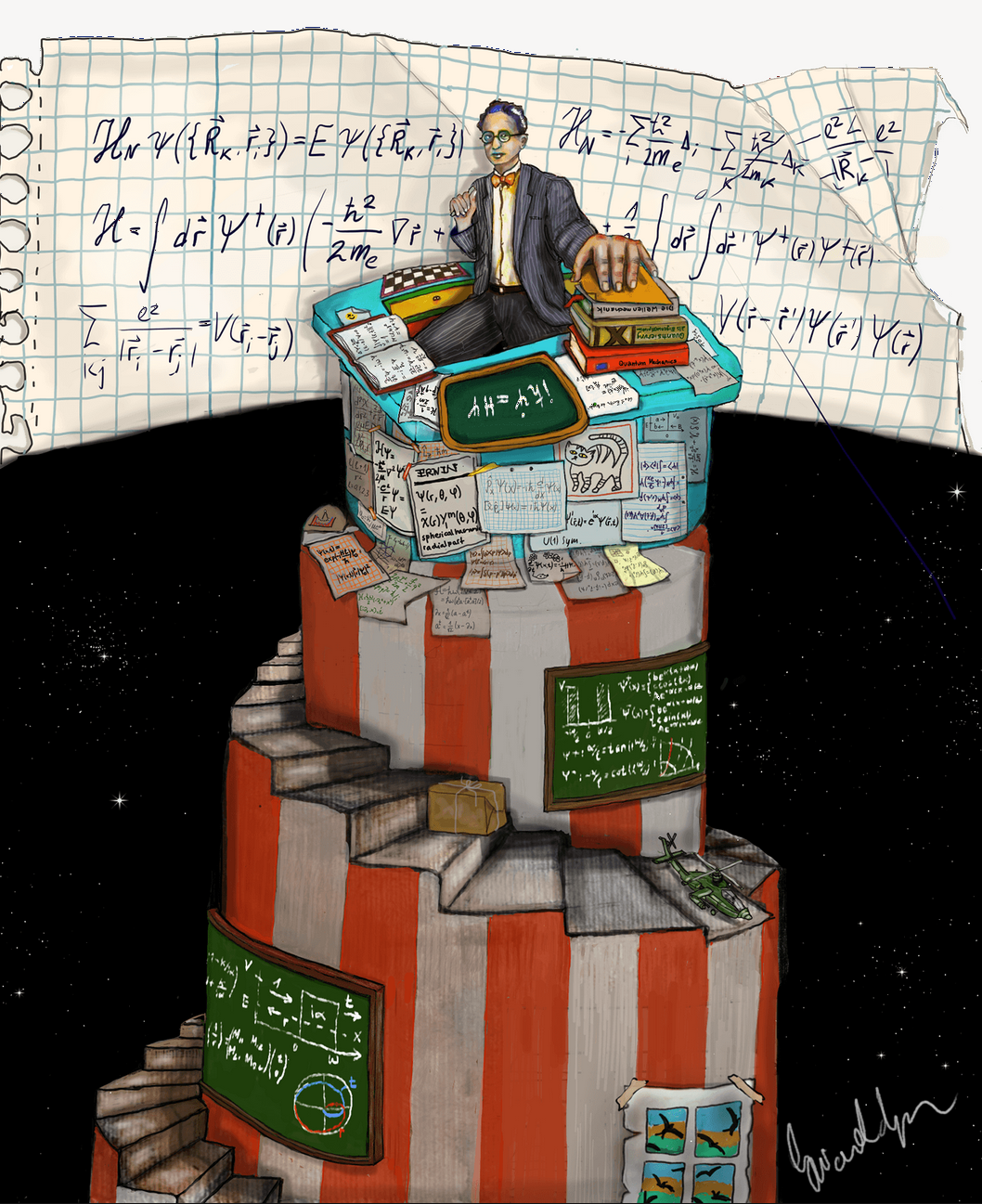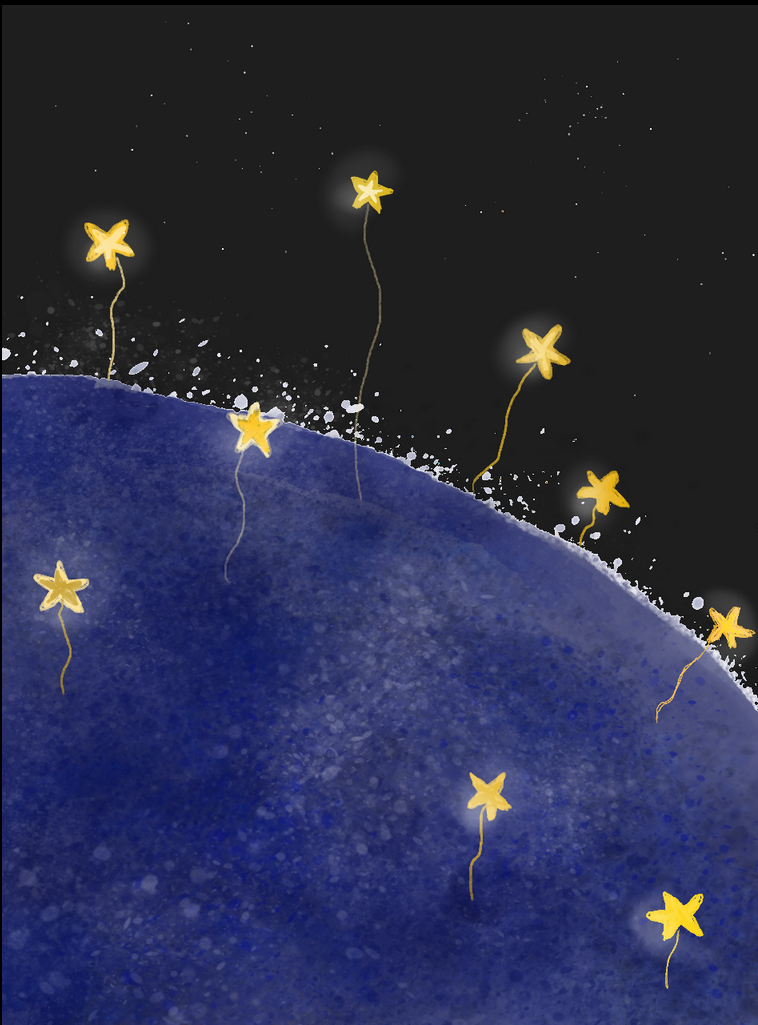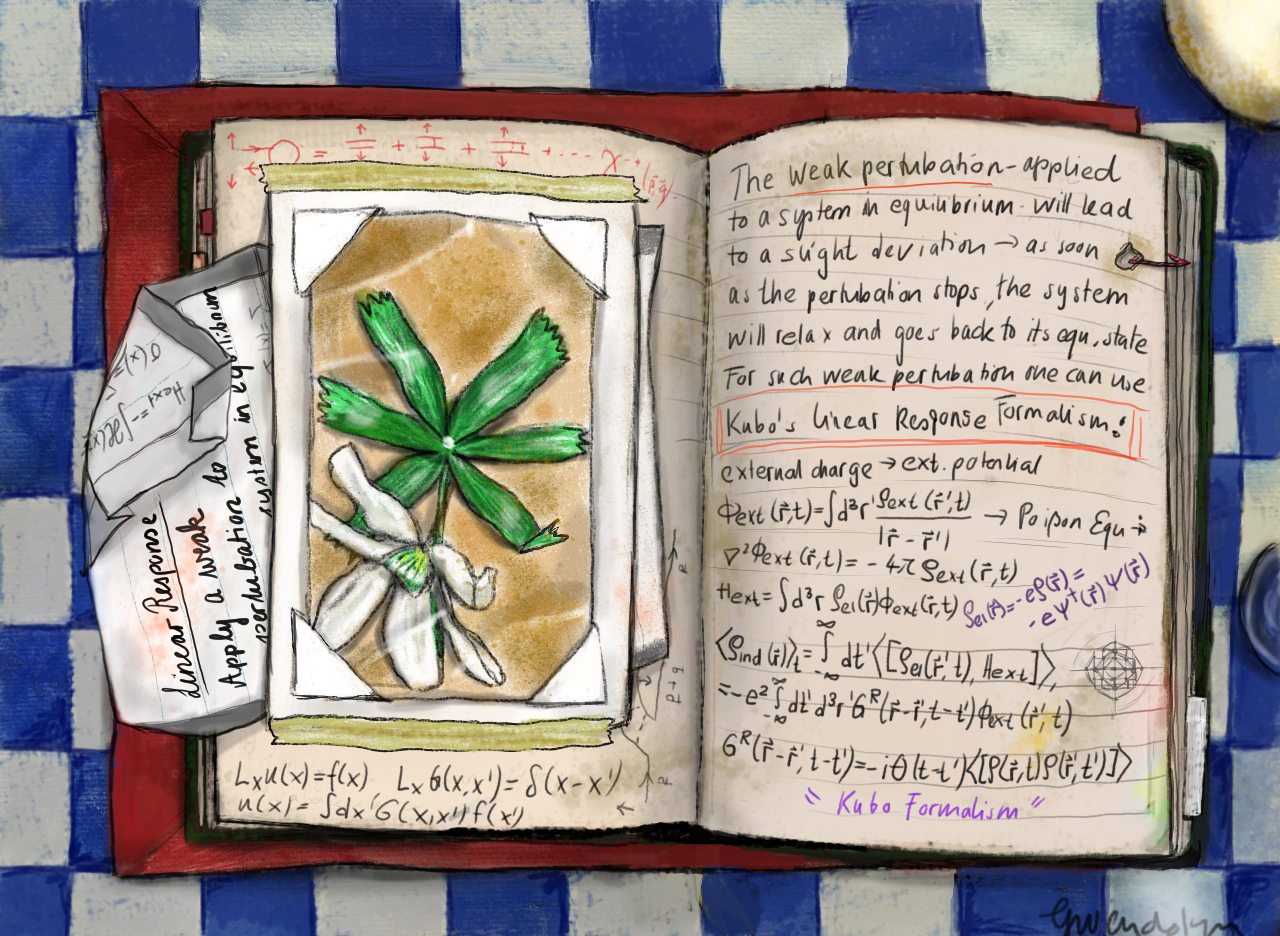Quantum Many-Body Theory
Erwin Rudolf Josef Alexander Schrödinger (1887 – 1961)
was a Nobel Prize–winning Austrian who developed fundamental results in quantum theory. In particular, he is recognized for postulating the Schrödinger equation, an equation that provides a way to calculate the wave function of a system and how it changes dynamically in time.
Erwin_SchrödingerSir William Rowan Hamilton ( 1805 – 1865)
was an Irish mathematician, astronomer, and physicist. In quantum mechanics, the Hamiltonian of a system is an operator corresponding to the total energy of that system.
Douglas Rayner Hartree (1897 - 1958)
was an English mathematician and physicist most famous for the development of numerical analysis and its application to the Hartree–Fock equations.
Vladimir Aleksandrovich Fock (1898 – 1974)
was a Soviet physicist, who did foundational work on quantum mechanics and quantum electrodynamics.
Freeman John Dyson (1923 – 2020)
was a British-American theoretical physicist and mathematician known for his works in quantum field theory, astrophysics, random matrices, mathematical formulation of quantum mechanics, condensed matter physics, nuclear physics, and engineering
George Green (1793 – 1841)
was a British mathematical physicist who wrote An Essay on the Application of Mathematical Analysis to the Theories of Electricity and Magnetism in 1828. The essay introduced several important concepts, among them a theorem similar to the modern Green's theorem, the idea of potential functions as currently used in physics, and the concept of what are now called Green's functions.
Ryogo Kubo (1920 -1995)
was a Japanese mathematical physicist, best known for his works in statistical physics and non-equilibrium statistical mechanics.
James Clerk Maxwell (1831-1879)
Was a Scottish physicist best known for his formulation of electromagnetic theory.
In the case of an anisotropic medium one would have a dielectric tensor and needs therefore also a tensor of retarded Greens function to describe it...
Leonid V. Keldysh (1931 – 2016)
was a Soviet and Russian physicist. Keldysh is best known for the diagrammatic formulation of real-time (nonequilibrium) Green functions theory and for the theory of strong field ionization of atoms.
The pictures were painted using watercolor and digitally edited with the open-source software Krita.
